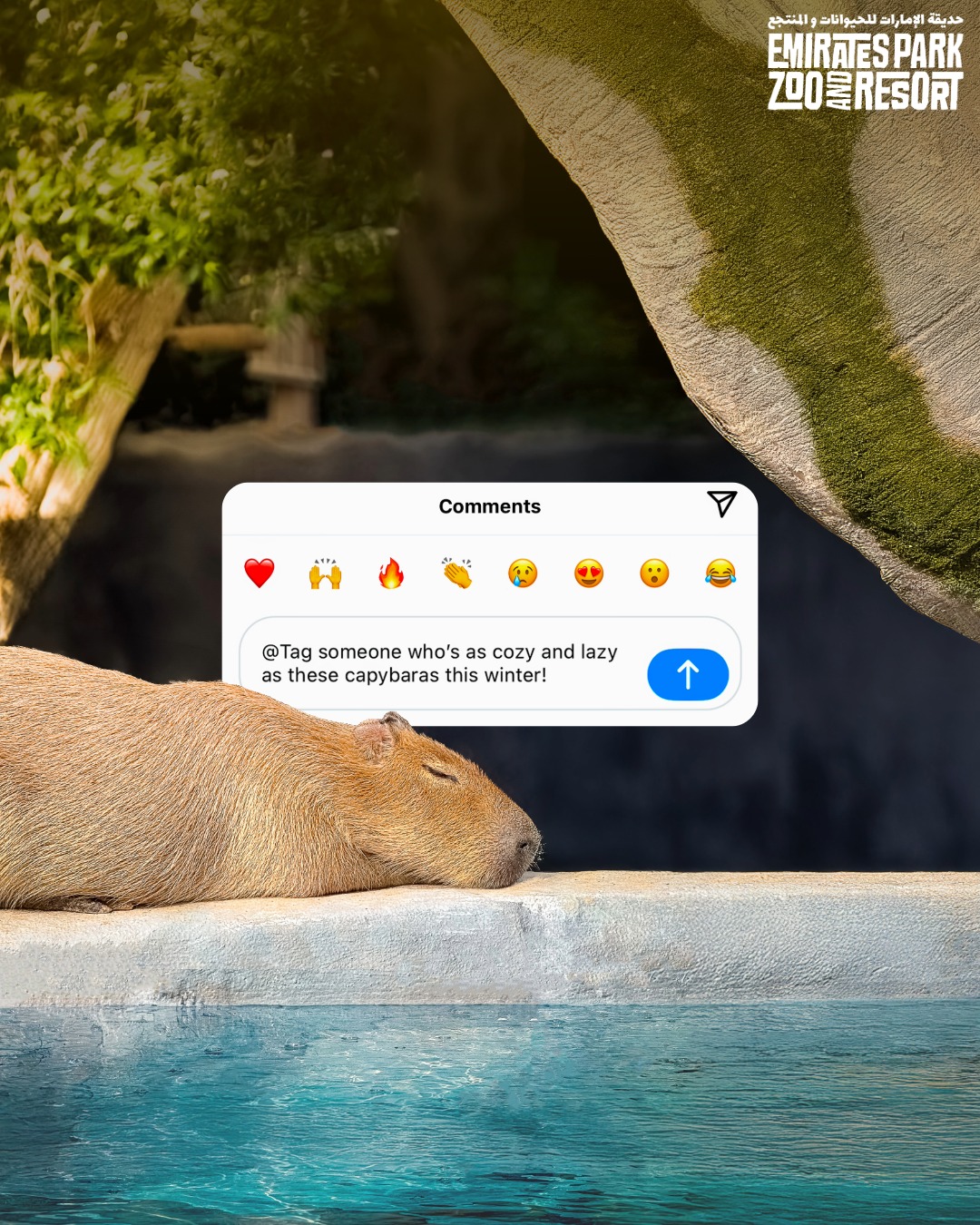- The biological adaptations of capybaras and how they thrive in diverse climates, particularly during colder months.
- The significance of cozy, lazy behavior in wildlife as a strategy for energy conservation and survival during winter.
- The role of zoo management and wildlife conservation in supporting animals through seasonal changes.
- How human actions and conservation efforts impact wildlife, specifically focusing on capybaras.
- Practical measures individuals can take to contribute to wildlife protection and environmental stewardship.
Capybaras and Their Biological Adaptations
Capybaras, the largest living rodents, are remarkable animals native to South America. These semi-aquatic mammals are superbly adapted to a variety of climates, displaying unique traits that allow them to thrive, especially during the colder months. Capybaras possess a dense fur coat that provides excellent insulation, crucial for maintaining body heat during chilly weather. Their ability to regulate body temperature is further facilitated by their large size, which helps conserve heat—a biological phenomenon known as gigantothermy or volume-to-surface area ratio advantage.
These animals exhibit a fascinating range of behaviors adapted to their environment. For instance, in cooler months, capybaras tend to form denser social groups. This grouping behavior allows for shared body warmth, enhancing survival during lower temperatures. Additionally, they seek out and take advantage of warm microhabitats, such as areas with sheltered vegetation or the sun-exposed banks of water bodies. These behaviors exemplify the significant evolutionary adaptations that the capybara species have developed over millennia to endure various environmental challenges.
Cozy, Lazy Behavior as an Energy Conservation Mechanism
In winter, numerous wildlife species, including capybaras, demonstrate behaviors aimed at conserving energy. These so-called "cozy, lazy vibes" are not merely expressions of indolence but are highly strategic survival mechanisms. By reducing activity levels or adopting postures that minimize heat loss, animals conserve energy that would otherwise be expended on maintaining body temperature or searching for scarce food resources.
This energy-saving strategy is crucial in ensuring the survival of individuals when environmental conditions are harsh and food sources scarce. Animals rely on fat reserves accumulated during more bountiful periods. For capybaras, this means slowing down their metabolism, reducing movement, and engaging in communal huddling when temperatures dip. Understanding these behaviors is vital for comprehending how wildlife adapts to seasonal changes and is a crucial aspect of managing their populations in both wild and captive settings.
Zoo Management and Wildlife Conservation
Zoo management plays a pivotal role in the welfare of animals during different seasons, ensuring they remain comfortable and healthy regardless of climate fluctuations. Modern zoos employ a range of strategies to simulate natural habitats for enclosure animals like capybaras. Heating systems, strategic food provisioning, and enriched habitats are tools used to mimic the conditions these animals would encounter in the wild. This care requires an understanding of the species’ natural history, biology, and behavior to provide an appropriate living environment.
Additionally, zoos are integral to wildlife conservation efforts, serving as genetic reservoirs and breeding centers for endangered species. They provide educational opportunities to raise awareness about the behavioral ecology of animals like capybaras and the challenges they face in the wild. By fostering connections between visitors and wildlife, zoos contribute profoundly to global conservation initiatives, aiming to inspire actions that positively impact ecosystems and the species that inhabit them.
Human Impact and Conservation Efforts
The influence of human activity on wildlife is profound and often detrimental. Habitat destruction, pollution, and climate change are all anthropogenic factors that threaten wildlife globally, including capybaras. However, concerted conservation efforts strive to mitigate these impacts. Conservation organizations, alongside zoos, endeavor to protect terrestrial and aquatic habitats, ensuring that species like capybaras continue to have the wild spaces necessary for their populations to thrive.
Efforts include reforestation projects, waterway clean-ups, and the creation of protected areas where human activity is restricted. By maintaining these natural habitats, capybaras and other wildlife can continue to perform their ecological roles, engaging in behaviors that sustain their populations and support biodiversity. Campaigns promoting sustainable land-use practices and ecosystem-based management are critical to preserving these vital natural resources for future generations.
Individual Contributions to Wildlife Protection
While large-scale conservation initiatives are crucial, individual actions also play a significant role in promoting wildlife protection. Simple measures like reducing plastic use, participating in local conservation projects, and supporting environmentally friendly policies contribute positively to species conservation. By minimizing waste, conserving water, and reducing carbon footprints, individuals help alleviate the pressures placed on habitats and wildlife.
Moreover, educating oneself and others about the importance of wildlife conservation fosters a deeper appreciation for the natural world. By raising awareness and engaging in community education, individuals can inspire collective change, encouraging society to adopt practices that benefit wildlife. By integrating these practices into daily life, each person contributes to a future where capybaras, and many other species, continue to enjoy their cozy, lazy winter modes for generations to come.
*****
Source Description
Winter mode: ON.
Just Like these capybaras, some of us are all about those cozy, lazy vibes! Tag someone who’s living their best chill life this season!
البعض منا يعيش لأجل تلك الأجواء الدافئة والمريحة!!من هو صديقك الذي يعيش أفضل أيام الاسترخاء هذا الموسم؟ أذكره في التعليقات


